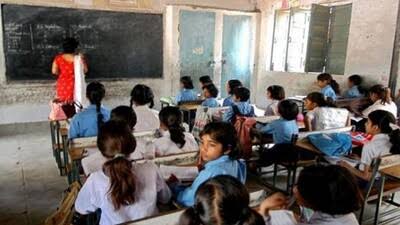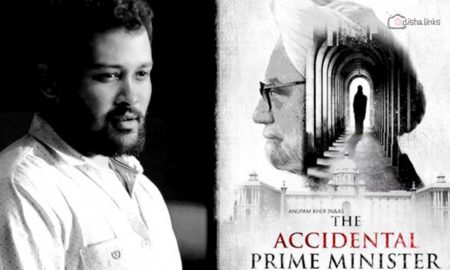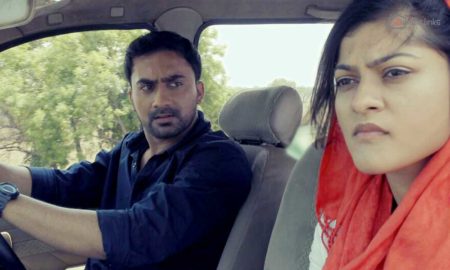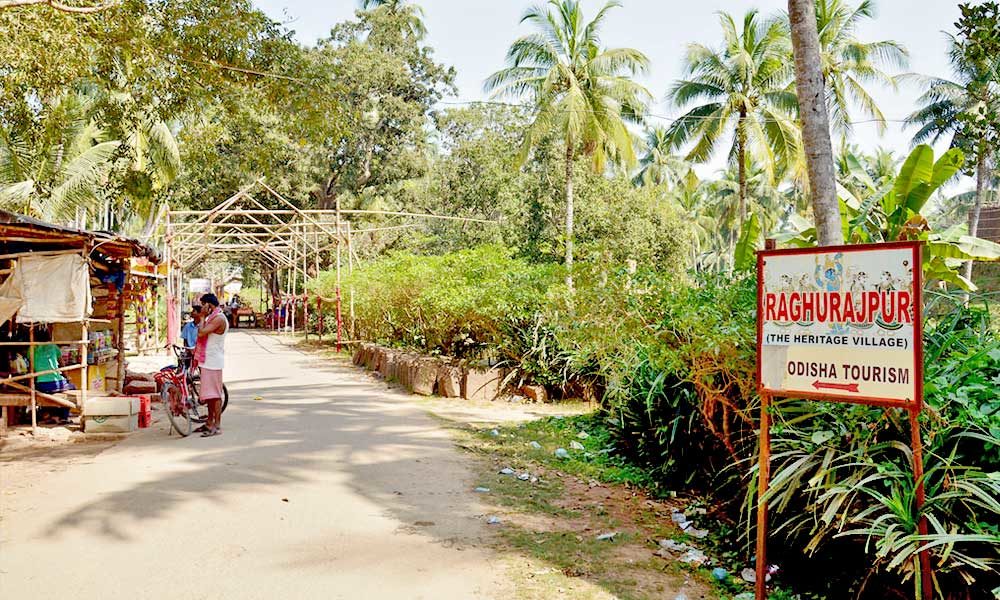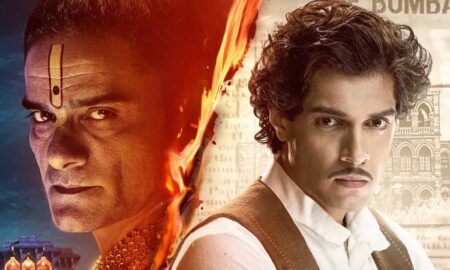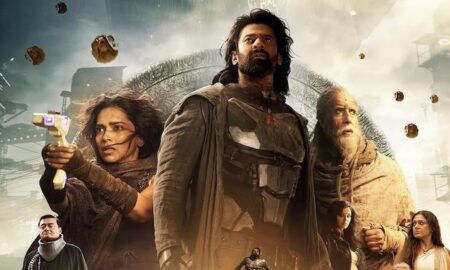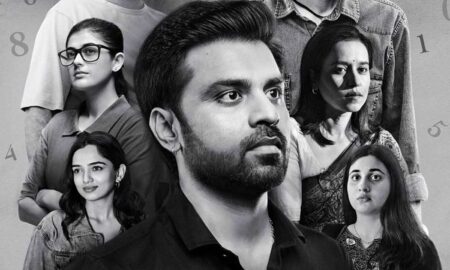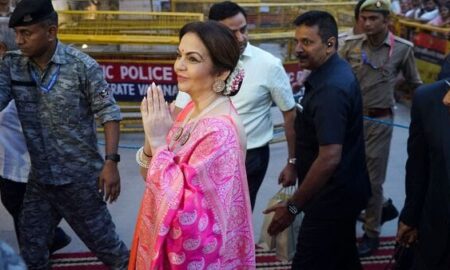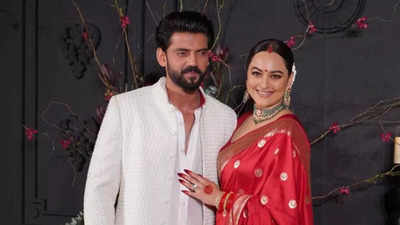More in Films & Fairs
-
Anant Ambani and Radhika Merchant to Tie the Knot Today
Share the newsAfter a series of lavish pre-wedding celebrations in Jamnagar and Europe, Anant Ambani and Radhika Merchant are set to...
July 12, 2024 -
Hina Khan’s Brave Battle: A Touching Moment Amid Cancer
Share the newsTelevision actress Hina Khan, currently battling stage 3 breast cancer, bravely shared a poignant moment on Instagram. In a...
July 5, 2024 -
CISF Constable Allegedly Slapped Kangana Ranaut, Transfer Clarification Issued
Share the news The Central Industrial Security Force (CISF) has clarified the status of constable Kulwinder Kaur, who allegedly slapped actress-turned-BJP...
July 4, 2024 -
Maharaj: A Cinematic Chronicle of Courage and Controversy
Share the news It is a rare feat for a film to mirror the historical significance of its subject matter. Such...
July 2, 2024 -
‘Kalki 2898 AD’ Premieres: A Dystopian Sci-Fi Epic with Hindu Mythology Hits Theatres
Share the newsDirector Nag Ashwin’s ambitious film, ‘Kalki 2898 AD,’ starring Prabhas, Amitabh Bachchan, Deepika Padukone, and Kamal Haasan, releases today...
June 27, 2024 -
Kota Factory Season 3: A Gripping Tale of Ambition and Friendship
Share the newsReview: Kota Factory Season 3 continues to capture the essence of student life in Kota, offering a compelling mix...
June 26, 2024 -
Nita Ambani Visits Varanasi to Offer Wedding Invitation at Kashi Vishwanath Temple
Share the newsToday, Nita Ambani visited the Kashi Vishwanath Temple in Varanasi to personally present the wedding invitation for her youngest...
June 26, 2024 -
Taylor Swift Swallows Bug Mid-Song, Recovers Swiftly During Performance
Share the newsIn a recent fan-captured video circulating online, Taylor Swift encountered an unexpected moment while performing “All Too Well.” Clad...
June 25, 2024 -
Sonakshi Sinha and Zaheer Iqbal Officially Tie the Knot in an Intimate Civil Ceremony
Share the news After seven years of being together, actors Sonakshi Sinha and Zaheer Iqbal have officially married in a civil...
June 24, 2024



